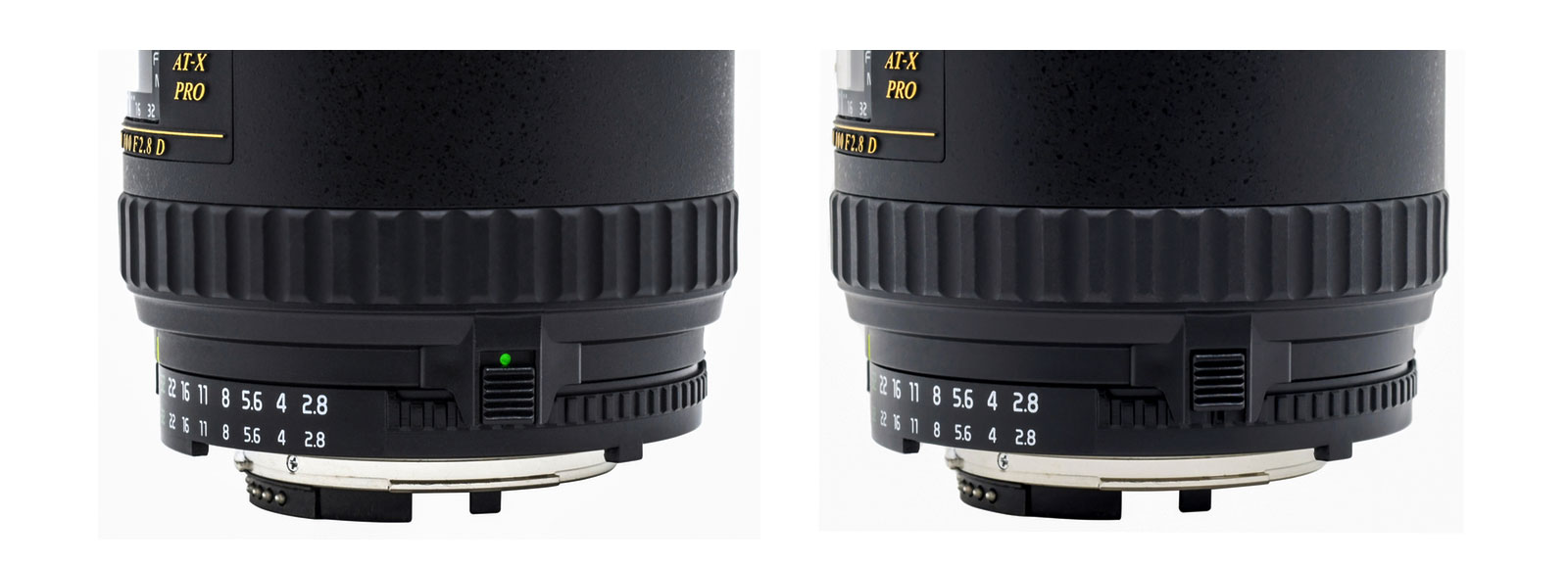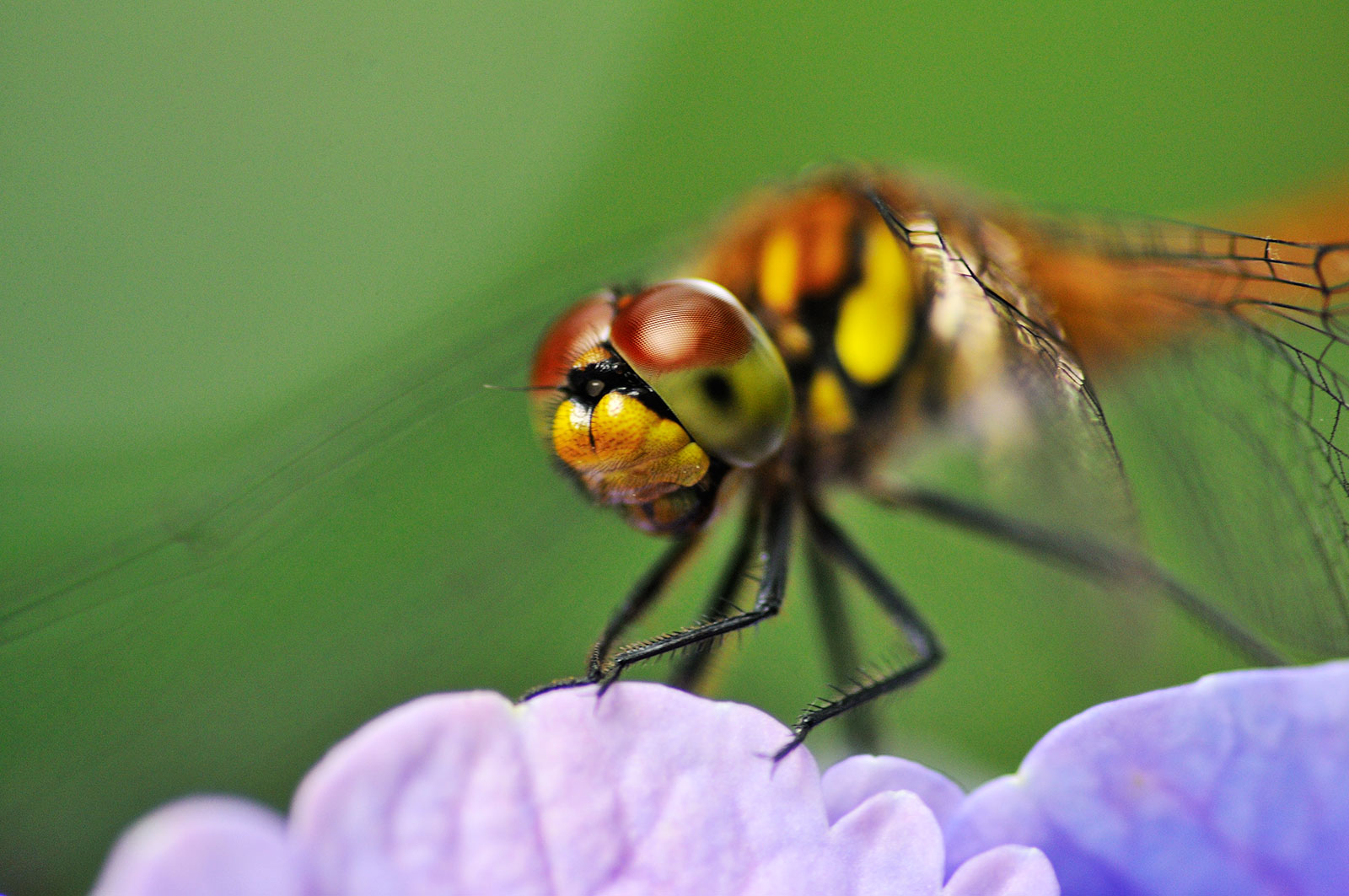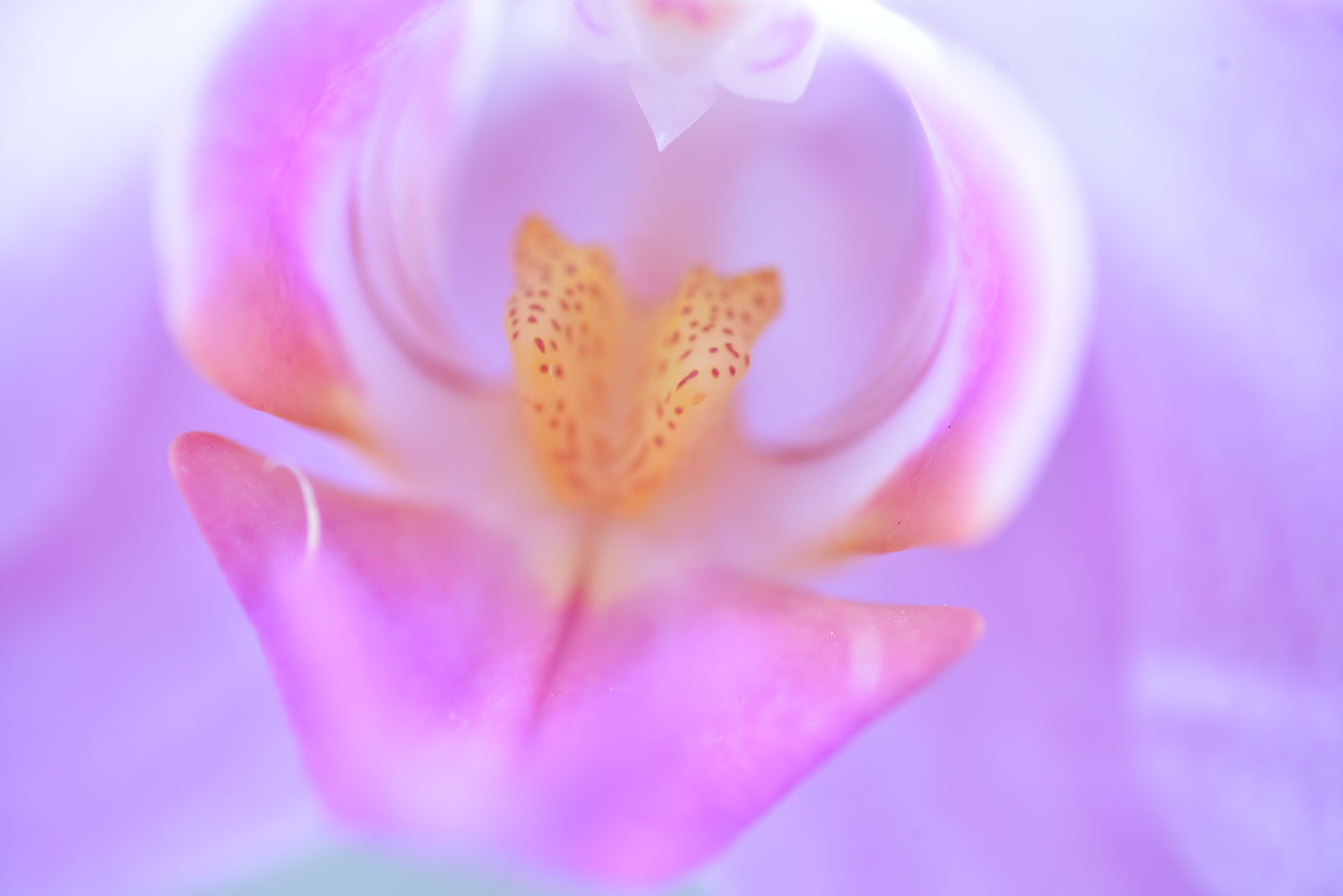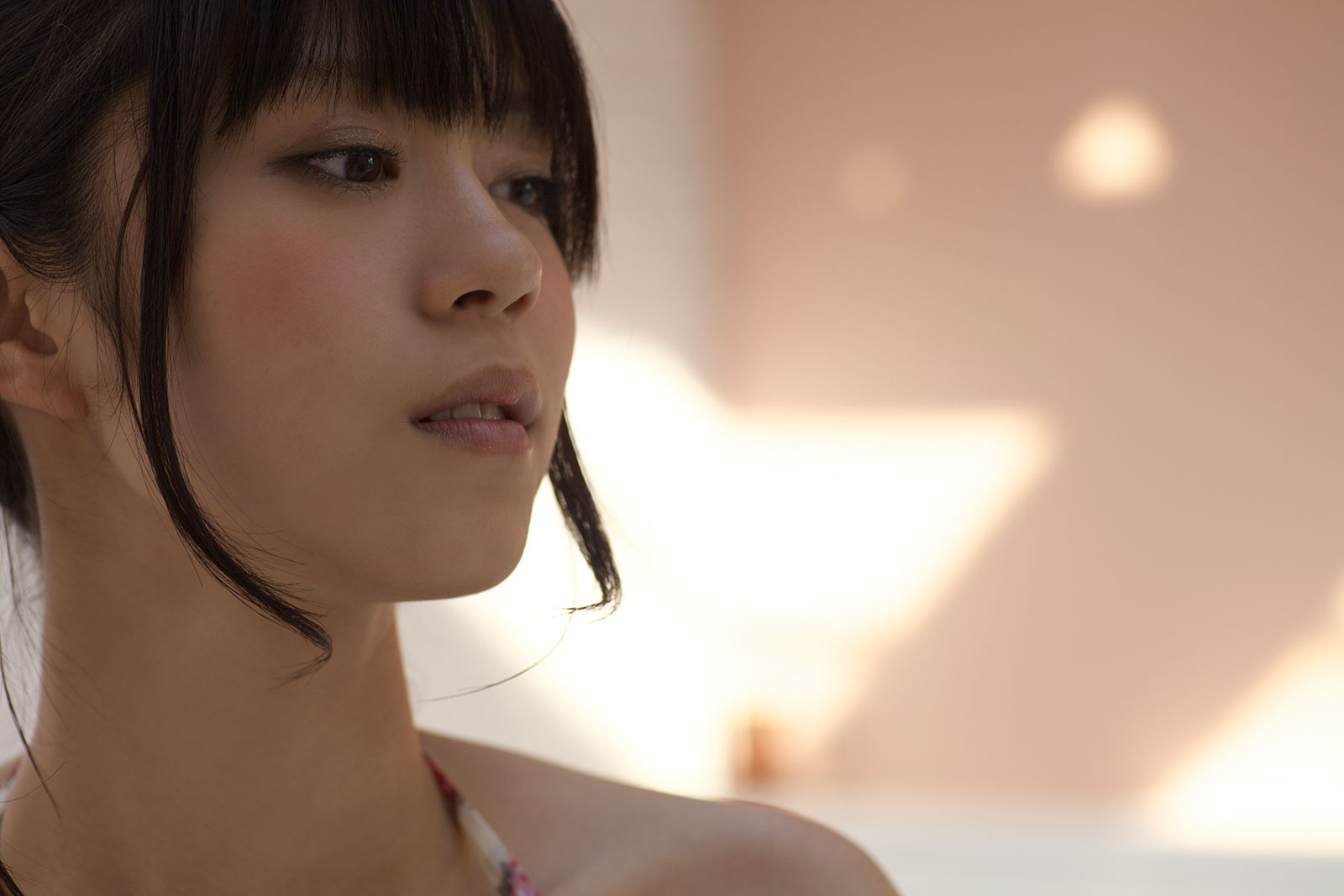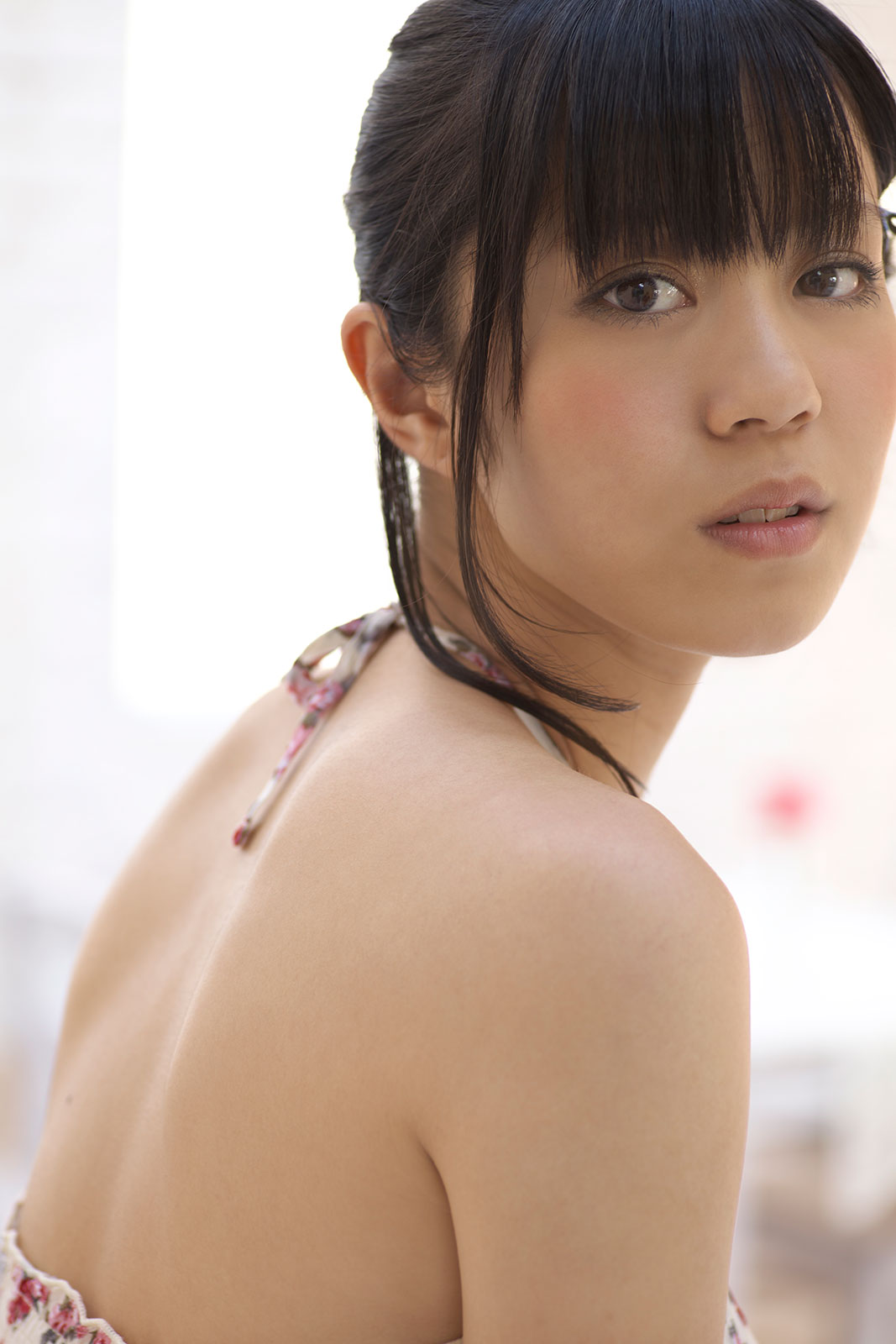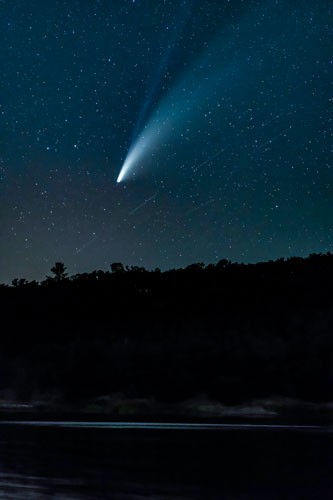AT-X M100 PRO D Macro
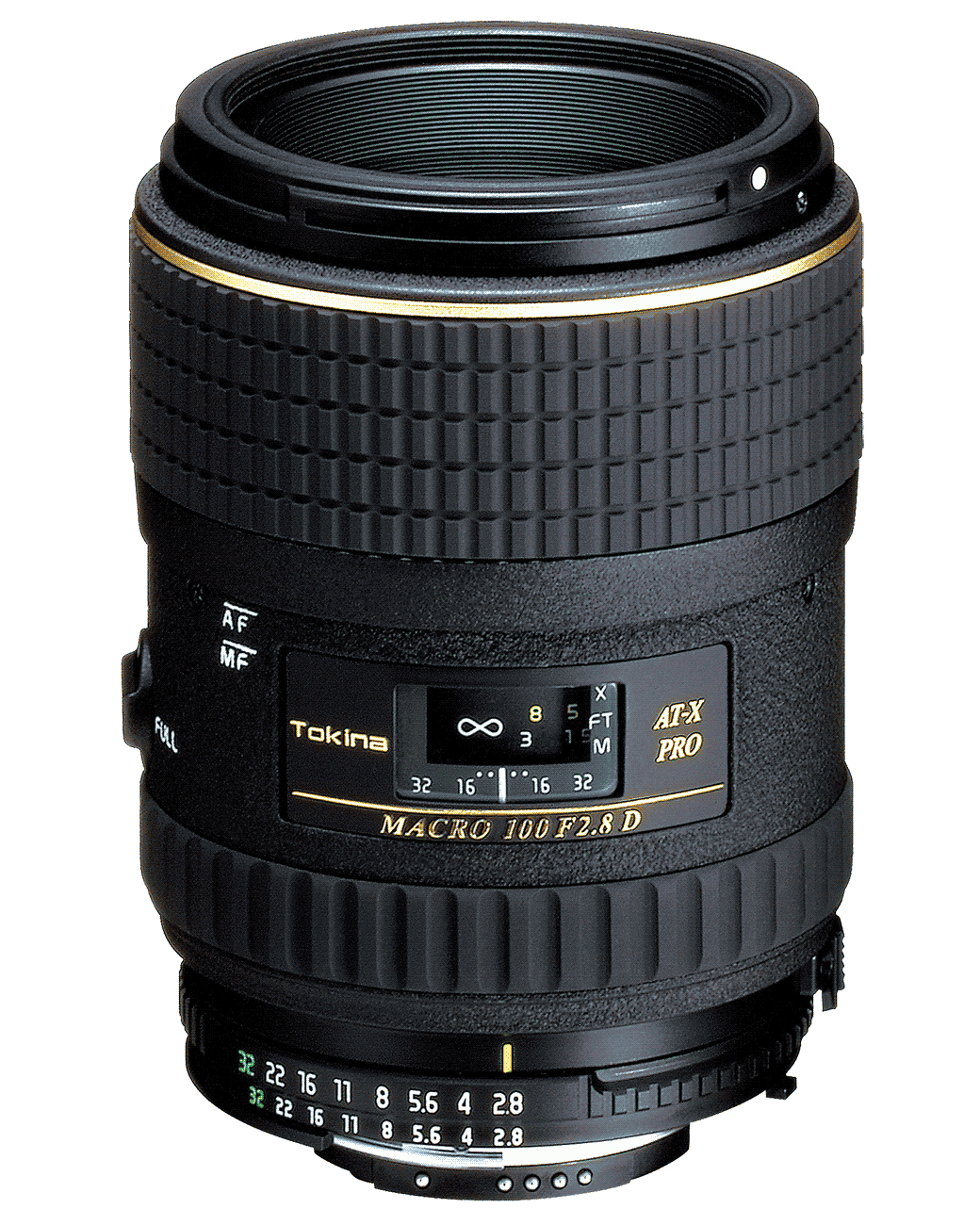


Dedicated lens for macro photography and portraits
The Tokina AT-X M100 f/2.8 PRO D Macro is a compact moderate tele macro lens for full frame format film and digital SLR cameras. The lens is available in Nikon F and Canon EF mounts. Light-weight and compact, the M100 is capability of life-sized (1:1) reproduction at 30 cm. The lens has high resolution, fast aperture, low distortion and low falloff. Beautiful soft bokeh makes this lens extremely attractive tool for macro, portraits, landscapes, art reproduction, commercial and general purpose shooting.
1:1 true macro lens
The Tokina AT-X M100 PRO D incorporates all the necessary features and provides all the main advantages for dedicated macro shooters. The Tokina AT-X M100 PRO D is capable of life-sized (1:1) reproduction at 30 cm. This allows photographers to have a little working distance from the subject and still obtain impressive magnification. Having some working distance is important when shooting easily startled subjects such as insects. Designed for full frame sensors, the focal length equivalent on a DSLR with an APS-C sensor turns to 150mm on Nikon camera and 160mm on Canon. This gives an advantage of shooting macro with 1.5x~1.6x larger magnification than a full frame camera. The focus range limiter switch on the lens body makes focusing faster saving time.
Magnificent bokeh for portraits
The Tokina AT-X M100 PRO D excels at shooting portraits. Due to the large the aperture and optical properties the lens creates magnificently soft bokeh in both the background and foreground while easily keeping a comfortable distance from the model. The focal length is short enough to allow easy and natural communication with the model, creating a feeling of comfort and creativity. This combined wit the fast f/2.8 aperture allows the lens to be used in the widest variety of shooting settings both indoor and outdoor.
Incorporated 9 bladed diaphragm creates beautiful, almost circular-shaped background highlights up to f/5.6 with effectively surpassed longitudinal chromatic aberration.
No curvature of field, impressive rendering quality
The Tokina AT-X M100 PRO D optical design suppresses curvature of field while maintaining high resolution across the entire image along with extremely low distortion, low falloff and perfectly controlled chromatic aberration. Multi-coating applied to optical elements effectively control flare and ghosting.
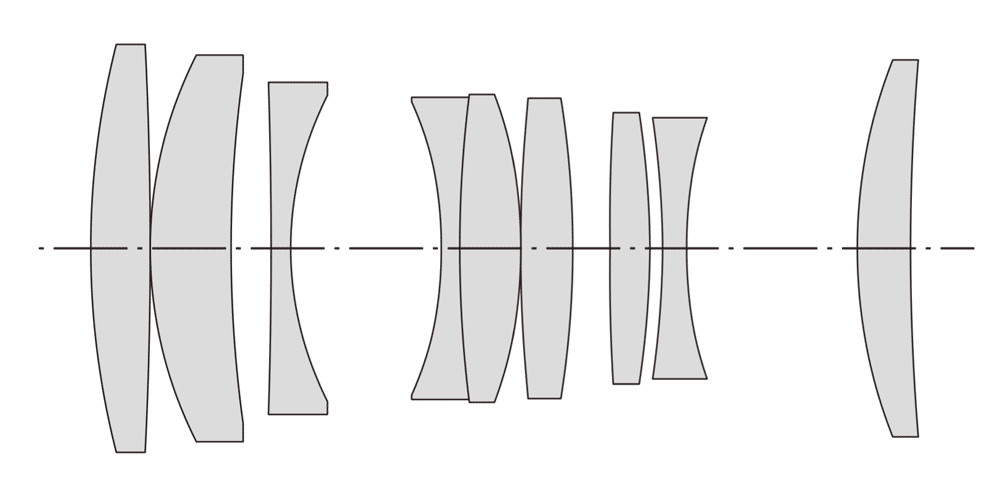 |
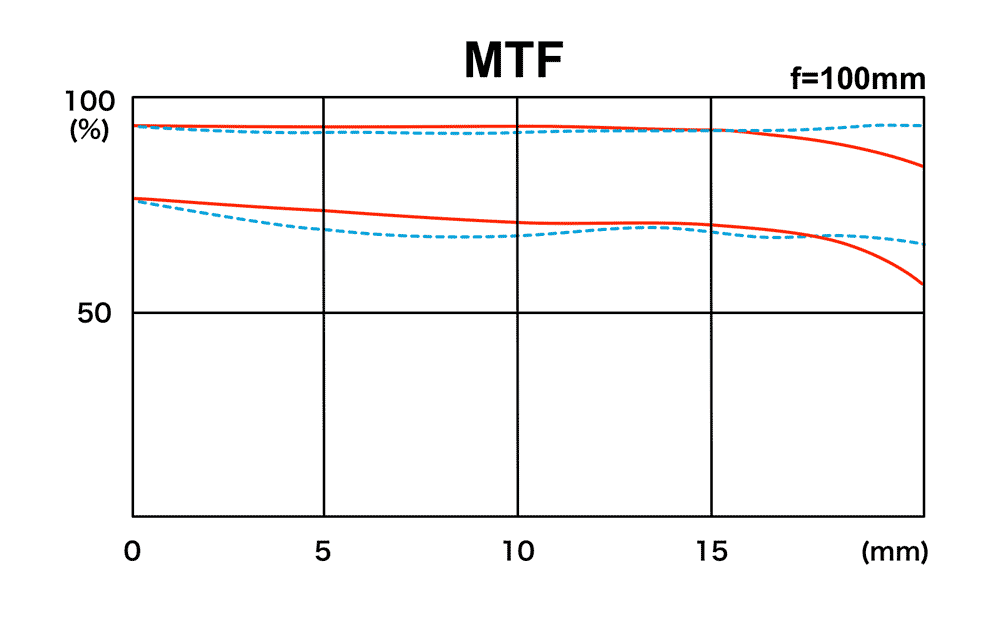 |
Handling and construction
Thanks to its optical design concepts the Tokina AT-X M100 PRO D has a convenient compact lens design. A careful balance of high-impact plastic on the exterior coupled with metal load bearing interior parts makes this lens mechanically solid for long-term reliability even during extensive field use.
A focus range limiter switch on the side of the lens locks the lens focus into or out of the macro focusing range to avoid excessive AF hunting.
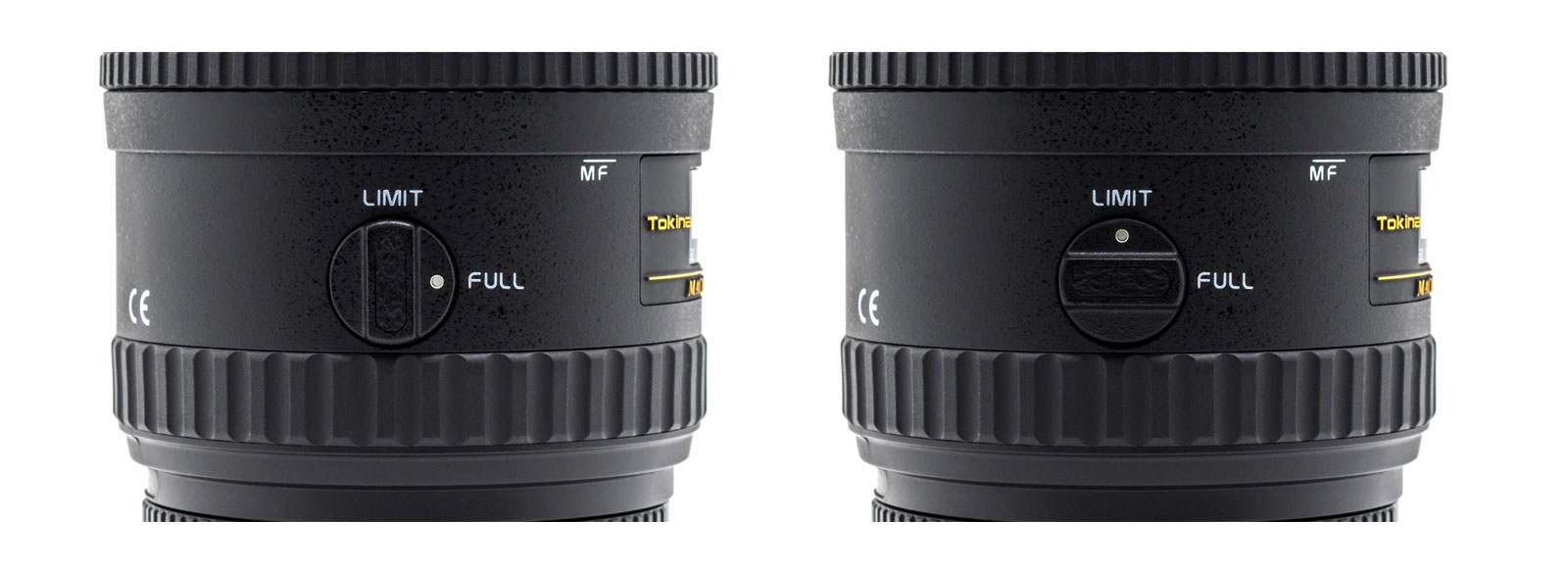
The directions of the manual focusing ring matches the proprietary direction of Nikon and Canon lenses. A rubber grip ring near the rear of the lens is there for easy mounting and dismounting the lens. Black flocking inside the inner barrel prevents glare and unwanted reflections.
The front of the lens has a 55mm filter threads which extends during the focusing but does not rotate. This allows different filters including polarizers to be used for landscape or product photography.
Tokina's exclusive One-Touch Focus Clutch Mechanism allows the photographer to switch between AF and MF simply by snapping the focus ring forward for AF and back toward the lens mount for manual focusing. You can immediately convert the focusing mode to MF and then focus without rushing. When doing so, you will have all the time to carefully observe the model while focusing and to further adjust the composition the way you want.
Notes:
- The Tokina AT-X M100 PRO D Nikon F mount does not incorporate AF drive motor, therefore the autofocus will not operate with Nikon DSLRs that do not have a focus motor in the camera body.
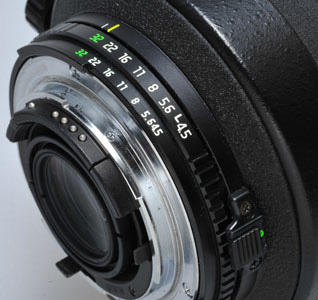 Tokina AT-X M100 PRO D for Nikon mount is based on the specifications of "Ai AF-D" Nikon lenses. When using with a Nikon DSLR camera or a film camera with CPU system, it is necessary to set the aperture ring to the minimum aperture value (f/32). When set on an aperture other than the minimum aperture value (f/32), a "FEE" error message flashes and the shutter cannot be released. To prevent accidental movements of the aperture ring from the minimum aperture value the ring can be locked in place with the small slide switch adjacent to the ring (to release the lock, slide the lever to the opposite side). When setting the aperture value to f/32 and then changing it by the dial on the camera, the aperture value displayed in the viewfinder will be other than f/32. At this time, the diaphragm blades do not move but will operate according to the aperture value displayed.
Tokina AT-X M100 PRO D for Nikon mount is based on the specifications of "Ai AF-D" Nikon lenses. When using with a Nikon DSLR camera or a film camera with CPU system, it is necessary to set the aperture ring to the minimum aperture value (f/32). When set on an aperture other than the minimum aperture value (f/32), a "FEE" error message flashes and the shutter cannot be released. To prevent accidental movements of the aperture ring from the minimum aperture value the ring can be locked in place with the small slide switch adjacent to the ring (to release the lock, slide the lever to the opposite side). When setting the aperture value to f/32 and then changing it by the dial on the camera, the aperture value displayed in the viewfinder will be other than f/32. At this time, the diaphragm blades do not move but will operate according to the aperture value displayed.
